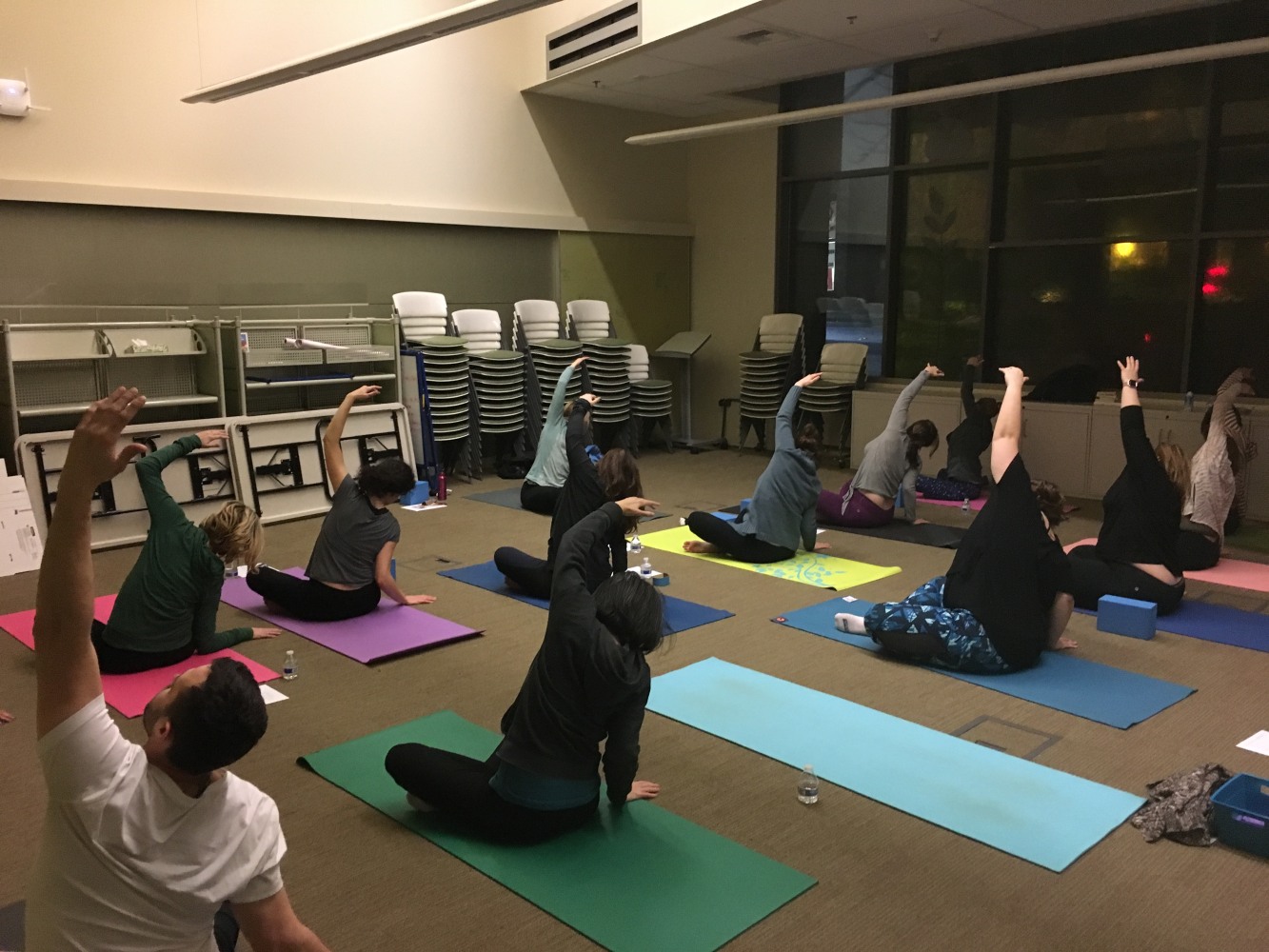Students with disabilities

Students with disabilities face significant obstacles in the American education system. They are less likely to complete high school, enroll in college, and complete a credential when they do enroll. These results are due in part to the presence of various obstacles that inhibit disabled students’ ability www.getbadcreditloan.com/payday-loans-la/reserve/ to learn-such as barriers to accessing facilities, receiving accommodations, and interacting with faculty.
When it comes to loan repayment, students with disabilities have a default rate that is 6 percentage points higher than that of students without disabilities. Depending on the students’ disability, however, there is significant variation in default rates within this group. For example, students with mental health conditions fare the worst, with more than 60 percent defaulting within 12 years of entering repayment. Those with mobility, visual, and other impairments also face higher default rates than students without disabilities.
Even if they finish a credential, students with disabilities may encounter repayment difficulties due to lower wages and high unemployment rates. On average, disabled people who hold bachelor’s degrees earn $12,700 less a year than other bachelor’s degree-holders. This gap widens to $20,800 when comparing individuals with graduate degrees. People with disabilities also struggle to find a job; the unemployment rate for individuals with disabilities was 9.2 percent in 2017-more than twice the rate of those without disabilities.
Underrepresented minorities
Students from underrepresented racial and ethnic minority groups have higher overall default rates than white and Asian students. For example, recent research has demonstrated that African American borrowers face exceedingly poor repayment outcomes, even if they earn bachelor’s degrees.
Students who identify as American Indian or Alaska Native particularly struggle with loan repayment, with 2 in 5 defaulting on their loans. These students overwhelmingly come from low-income communities: 40 percent of the poorest counties in the United States are located on reservations, and Native Americans have the lowest share of adults with bachelor’s degrees among all racial and ethnic groups.
Hispanic or Latino students also face a higher default rate than the national average-36 percent compared with 29 percent, respectively. Within the Latino community, students of Cuban descent have the highest default rates. These data suggest that there could be variation in loan repayment outcomes within ethnicities of other races, such as students of Asian descent. Unfortunately, the Department of Education’s survey does not collect this information.
Conclusion: Promoting equity in postsecondary education

Although loans can provide financing for students who would otherwise not be able to afford college, these findings cast doubt on how well the federal student loan program promotes equity. Federal programs exist to provide additional funding and support to students who belong to the groups identified in this analysis. Yet, it is clear that student loans are still preventing these communities from fully realizing the opportunities that postsecondary education provides.
While the American higher education system is not solely to blame for this failure to consistently and effectively serve these groups of students, there are steps that can be taken to improve the situation. First, the Department of Education must make additional information available so that researchers and policymakers can better understand the outcomes of vulnerable students and appropriately target reform efforts.
Policymakers should also follow the recommendations outlined in CAP’s Beyond Tuition report, thus ensuring that institutions are held accountable for closing equity gaps; states provide equitable funding for postsecondary institutions; and students can access programs that reduce the burden of high monthly student loan payments.
It can prevent them from receiving federal student aid, reduce their credit scores by up to 100 points, and lead to the denial of a professional license. Borrowers may also have their paychecks, tax refunds, and Social Security benefits docked to pay down their debt after they default-a consequence that can hit low-income and disabled borrowers the hardest. Although the data suggest that many students are able to exit default, the paths out are confusing and costly. The findings in this column emphasize that it is time for policymakers to provide relief to student loan borrowers and ensure that students have access to straightforward, fair options to pay down their debt.